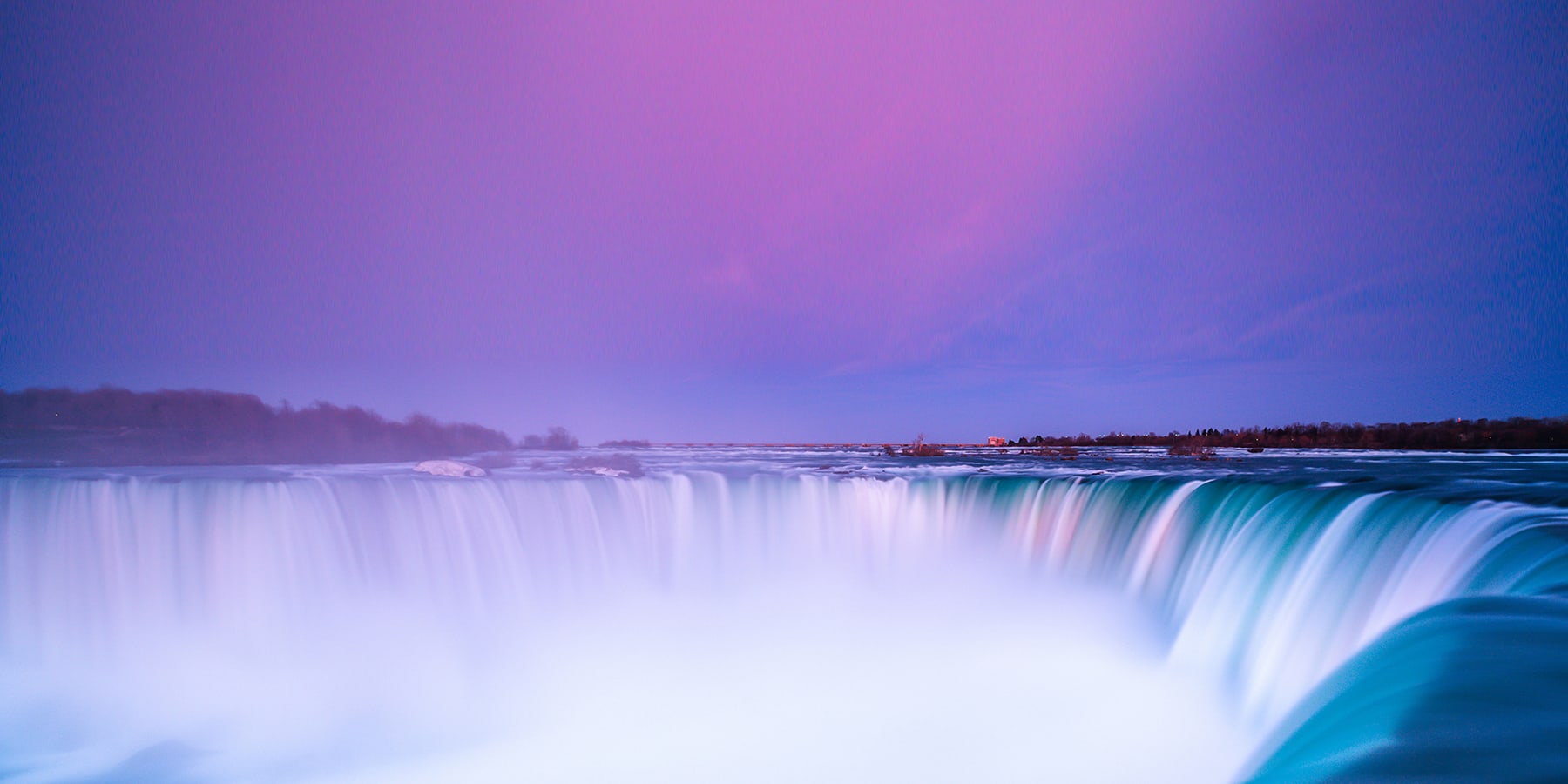Winter in Niagara Falls brings beautiful scenes, but it also requires some extra care to keep everyone safe. Here are some friendly tips to help you navigate the season smoothly.
Snowplows and shoveling
- Driveways:
- When snowplows clear the roads, they push snow to the curb or shoulder. Sometimes, this might happen right after you've finished shoveling your driveway. We understand this can be frustrating, but please avoid pushing snow back onto the street—it's illegal and unsafe. If you hire someone to clear your driveway, ensure they don't push snow into the road or block sidewalks
- To minimize the snow left at the end of your driveway after plowing, pile snow on the right side of your driveway (when facing the road). Using reflective snow markers can help mark your driveway boundaries and guide plows, protecting your property
- Sidewalks: If you're away, ask someone to clear your sidewalk. Please assist elderly or disabled neighbors by clearing snow for them
- Fire hydrants: Help keep our community safe by removing snow from around fire hydrants near your property to allow quick access for emergency personnel. You can volunteer to keep a hydrant accessible year round on our Adopt-a-Hydrant page
- On garbage day: Don't place garbage or recycle boxes on top of snowbanks; if possible, place them on your driveway near the edge of the road
- Sewer catch basins: Prevent street flooding and icing by clearing snow away from storm sewer catch basins near your home
Safe winter driving
Winter roads can be tricky. Here are some safety tips:
- Give more space between cars. Give extra time and space to stop in bad weather
- Slow down, and allow extra travel time to get to your destination. Remember, speed limits are set for ideal conditions, so adjust your speed accordingly
- Clear all snow and ice from your vehicle before you drive, including windows, mirrors, roof, trunk, hood, and lights
- Look twice for pedestrians crossing the road
- To prevent hydroplaning, watch for large puddles and slow down. If you start to skid on black ice, ease off the gas and steer in the direction you want to go—avoid braking
Preparing your car for winter
- Checking the battery, terminals, windshield wipers, and washer fluid levels
- Ensure your coolant system, lights, and signals are functioning properly
- Check tire wear and pressure, and consider using snow tires for better traction
- Keep your gas tank at least half full
- Start your car at least one minute before driving, and drive slowly while the engine warms up
- Completely clear your vehicle of snow and ice before hitting the road
- Prepare a winter survival kit for your car: Be prepared for winter driving by keeping a survival kit in your car. Include a charged phone, water, non-perishable food, flashlight, blanket, warm clothes, jumper cables, shovel, traction mats or sand, and candles with matches or a lighter
Pedestrian safety
- Stay aware of your surroundings. Although hoods, hats, and umbrellas are necessary, make sure you have good visibility
- Always make eye contact with drivers and cyclists before crossing the road
- Wear bright, reflective clothing at night or during poor visibility—there are even reflective items for your pets
- Pay attention and avoid texting while walking
